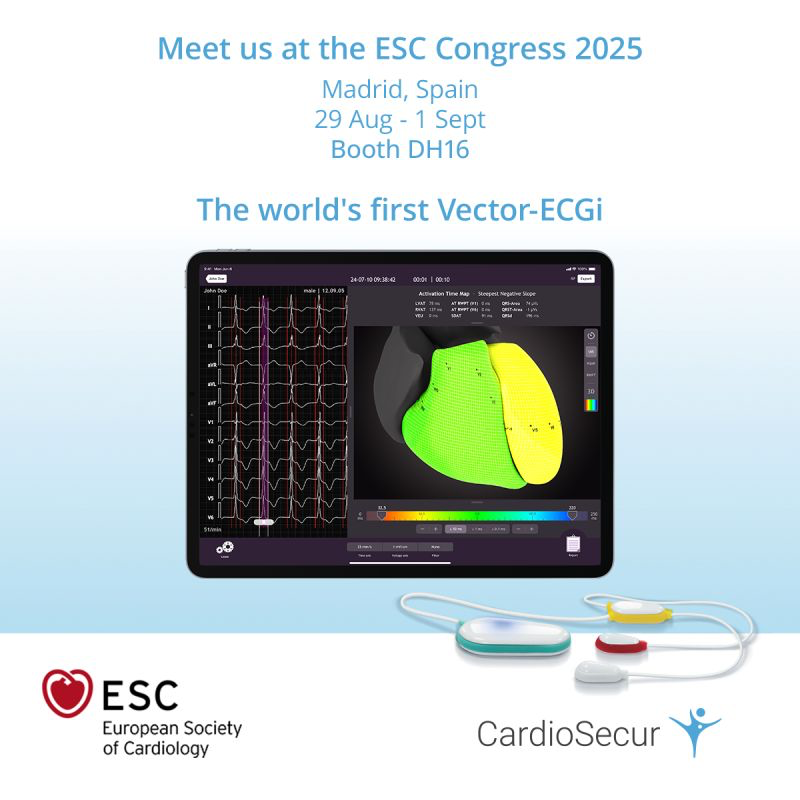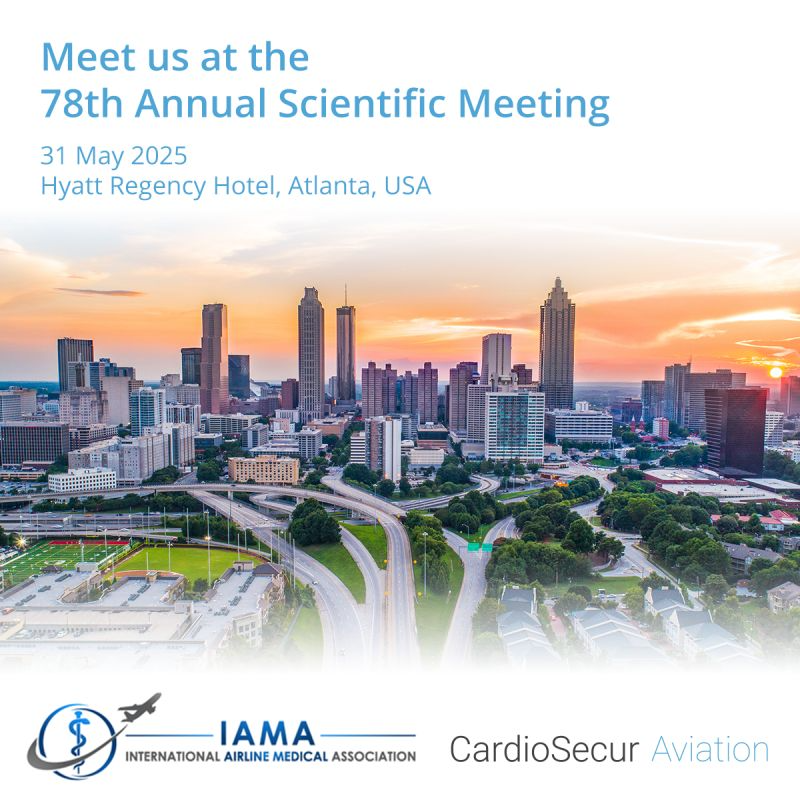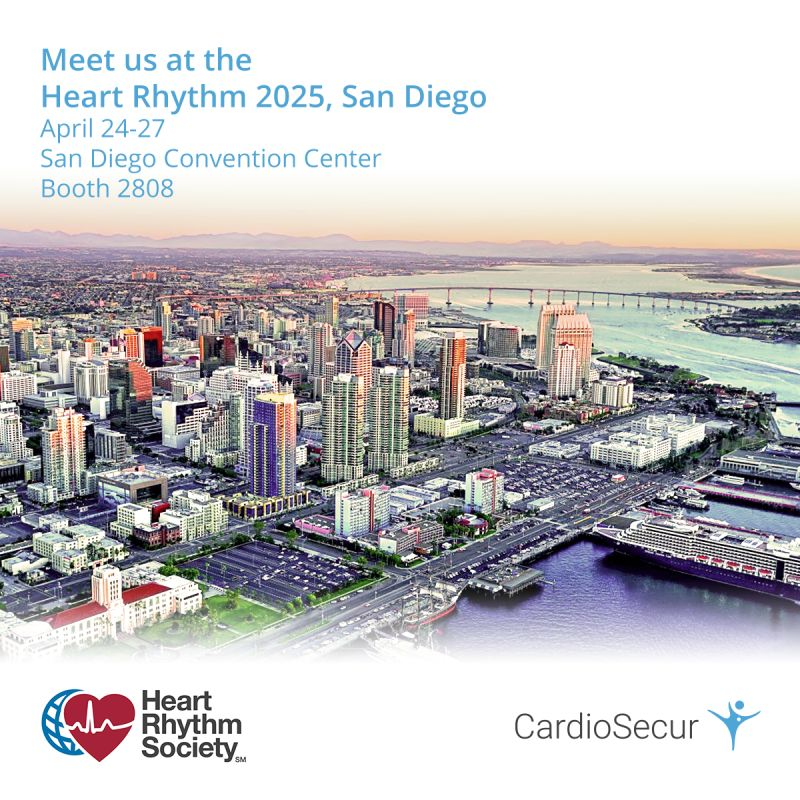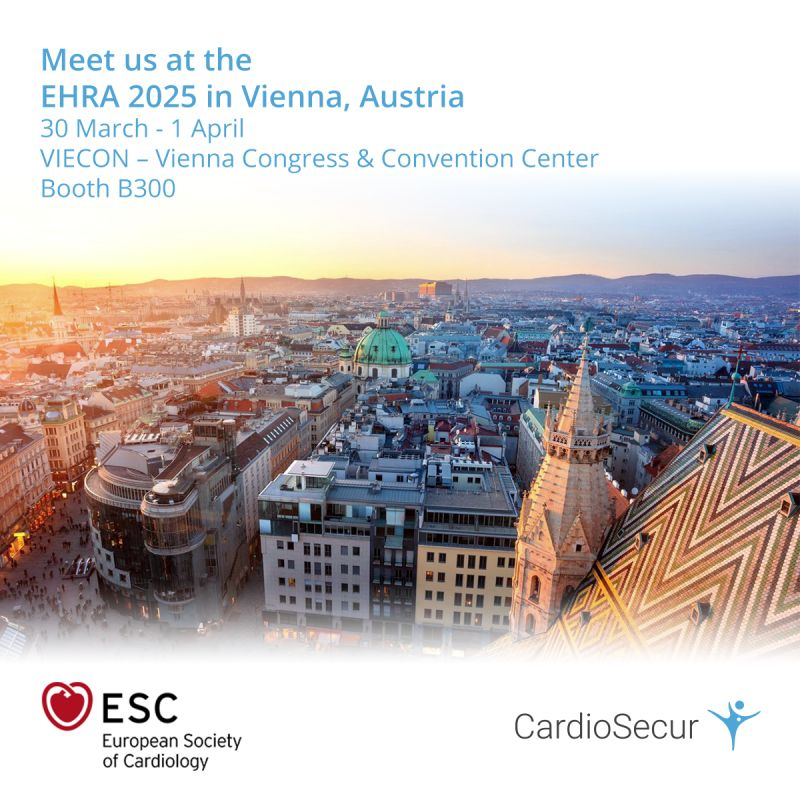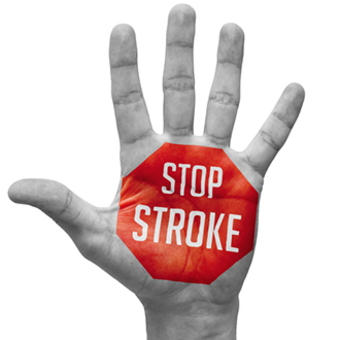
Stroke Awareness Month
May 1st, 2017
May has been named National Stroke Awareness Month in the United States, with the goal to raise awareness and money for stroke. The UK Stroke Association also organizes their annual campaign Make May Purple for Stroke each May for the same reasons.
Stroke Facts: Did you know?
- More than 6 million people die due to stroke each year (WHO)
- 80% of strokes are preventable (stroke.org)
- Over 50% of Americans are unsure if they are at an increased risk of stroke (AHA/ASA)
- By 2030, the prevalence of stroke is predicted to increase by more than 20% from 2012 (NIH)
- Stroke is the fifth leading cause of death in the US, responsible for the death of over 130,000 Americans per year (CDC)
- In the US, 795,000 people have a stroke each year, with someone having a stroke every forty seconds and someone dying from stroke every four minutes (CDC)
- 40% of people who suffer from stroke die within one year (schlaganfall-hilfe.de)
- Stroke does not only affect older individuals—in 2009, 34% of people hospitalized for stroke were younger than 65 (CDC)
Types of Stroke
There are two main types of stroke—hemorrhagic and ischemic. A hemorrhagic stroke is when bleeding into the brain occurs, causing swelling and pressure on the brain tissue, leading to tissue death. An ischemic stroke occurs when a blood clot prevents blood and the essential oxygen and nutrients that it carries from reaching the brain tissue. When cut off from its blood supply, brain tissue dies. Ischemic strokes are much more common, with 87% of strokes being ischemic in nature (AHA).
Stroke Recognition
Knowing and being able to recognize the signs of stroke is critical for a positive outcome. While stroke is a major cause of long-term disability, a study showed that those who presented to the ED within three hours of presentation typically experienced less than 3 months of disability (CDC).
Certain treatments can only be administered within a few hours of stroke presentation. Early treatment is the best bet for a positive outcome. It is therefore important to seek medical attention immediately if a stroke in yourself or someone else is suspected.
To make the detection of stroke easier, the pneumonic FAST has been created.
- F: Face—Ask the person to smile. Does one side of the face droop?
- A: Arm—Ask the person to raise both arms. Does one arm drift downward?
- S: Speech—Ask the person to repeat a short sentence. Is the speech slurred?
- T: Time—If any of the above signs are present, call for medical help immediately.
If stroke is suspected, act FAST and get help!
